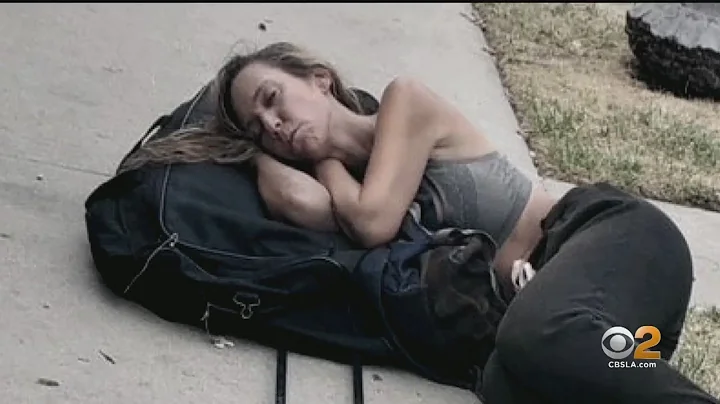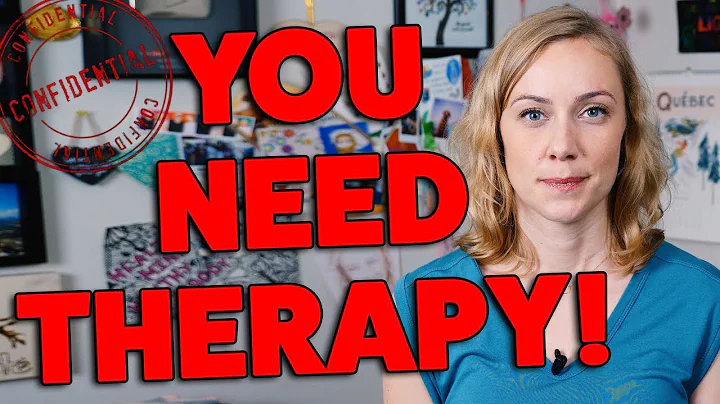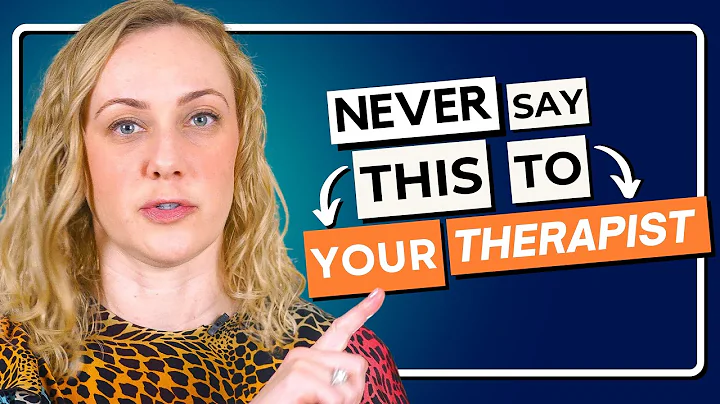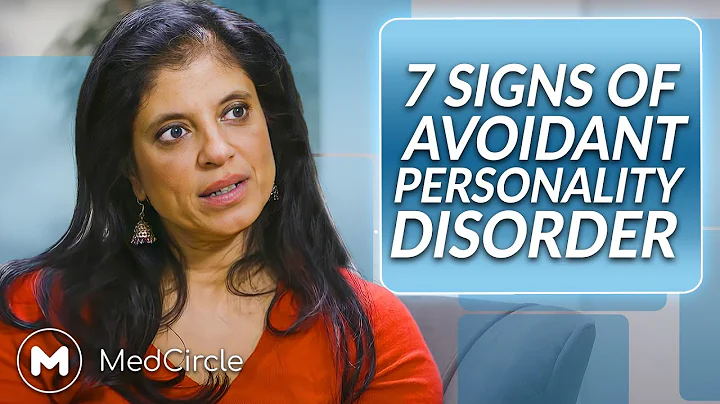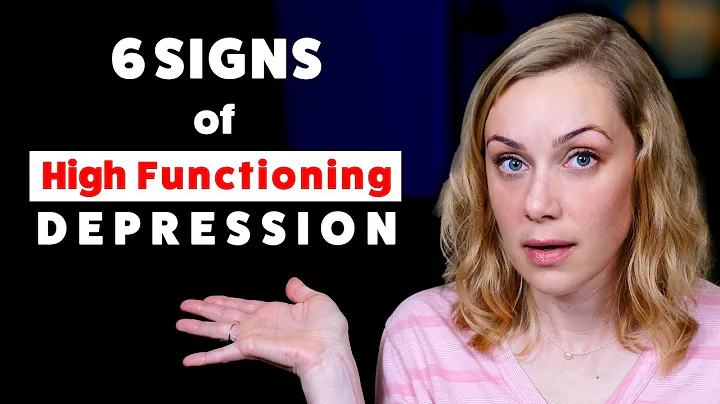Some people have such behaviors in life, such as: always feel that their hands or clothes are contaminated by viruses or bacteria, doors and windows are not closed properly, faucets and lights, etc. are not turned off, etc., doing questions or working reports wrong; related Violent or terrifying images, or the constant urge to hurt oneself or others, repeated cleaning, checking, counting, and certain ritual actions are all manifestations of obsessive-compulsive disorder.

Zhengzhou Psychiatric Hospital Li Ping An, the deputy dean said: obsessive-compulsive disorder patients are very painful because they cannot control the obsessive thinking that breaks into their heads and often have certain "anti-compulsive". But the effect is not obvious, teach you a 15-minute rule to alleviate obsessive-compulsive disorder.
The core of the 15-minute rule is to divert attention. Diverting attention is not easy. The initial psychological construction is: there is no pain, there is no gain! What to do is: you have to change gears yourself! Diversion is to divert attention away from obsessive-compulsive symptoms, even for a few minutes. First choose certain specific behaviors to replace compulsive hand washing or inspection. Any interesting and constructive action will do. It is best to engage in activities of your own liking, such as walking, exercising, listening to music, reading, playing computer, playing basketball, etc.
When there is compulsive thinking, remember not to fall into habitual thinking. You must tell yourself: "My obsessive-compulsive disorder is committed again. I must do other behaviors." You can decide "not" to do to compulsive thinking Response, you have to be your own master, don't be a slave to obsessive-compulsive disorder! To disintegrate the forced thinking and then do what should be done, it takes a lot of effort to endure great pain. But only learning to resist obsessive-compulsive disorder can change the biochemistry of the brain. Over time, it will reduce the pain. Applying the 15-minute rule is to delay the reaction time for at least 15 minutes. You can start with a delay of 5 minutes at the beginning.

The principle is the same: Don’t react immediately without delay.Note that this is not passive waiting for 15 minutes, but during this time we do "reconfirmation", "reattribution" and "diversion". Then you do other interesting and constructive activities. After a period of time, evaluate the impulse of obsessive-compulsive disorder again to see if the intensity decreases, and record it. Even with a small decline, encourage and reward yourself. Patients with obsessive-compulsive disorder often have a mentality of seeking perfection and 100 points, so they are often not satisfied with a little achievement, and always think that they are not doing well enough to make behavioral therapy unsuccessful. The goal is to delay more than 15 minutes, as long as you keep practicing, it will greatly reduce the intensity of obsessive-compulsive disorder. Generally speaking, the more practice, the easier it will be. It will be delayed for 20 minutes or more soon.
It is important to divert attention to other things. Don't expect these thoughts or feelings to go away right away. Don't do what the obsessive-compulsive disorder asks you to do. You have to insist on doing the activities of your own choice, so the compulsive impulse will weaken or even disappear because of your delay. Even if the impulse is difficult to change, you will still find actions that can slightly control your reaction.

Sometimes the compulsive impulse is so strong that you can't avoid it. You should always remind yourself: "It's not that I feel that I need to wash my hands, but the obsessive-compulsive disorder is affecting me. This time I won the obsessive-compulsive disorder, and next time I will stay longer and react again!" Behavior also includes elements of behavior therapy. It is very important to reconfirm that compulsive behavior is a kind of obsessive-compulsive disorder. This is a behavioral treatment, which is better than just doing compulsive behavior without thinking about it.
A secret to friends who fight against compulsive inspection: If your difficulty is to check the door lock, please try to lock the door attentively and wholeheartedly. Perceive the urge to lock the door that arises in your heart, and then lock the door carefully and slowly, so that this action is deeply remembered in your heart, for example: "This door is locked now, I see that the door is locked!" You get one The deep impression is that the door has been locked, so when the compulsive impulse asks you to check the door lock, you can immediately "reconfirm" that is: it is an obsessive thought.That's obsessive-compulsive disorder! You can "re-attribute" that is: it's not me, it's just my brain at work! You can divert your attention to other things and make sure in your heart that you have carefully locked the door.
.


